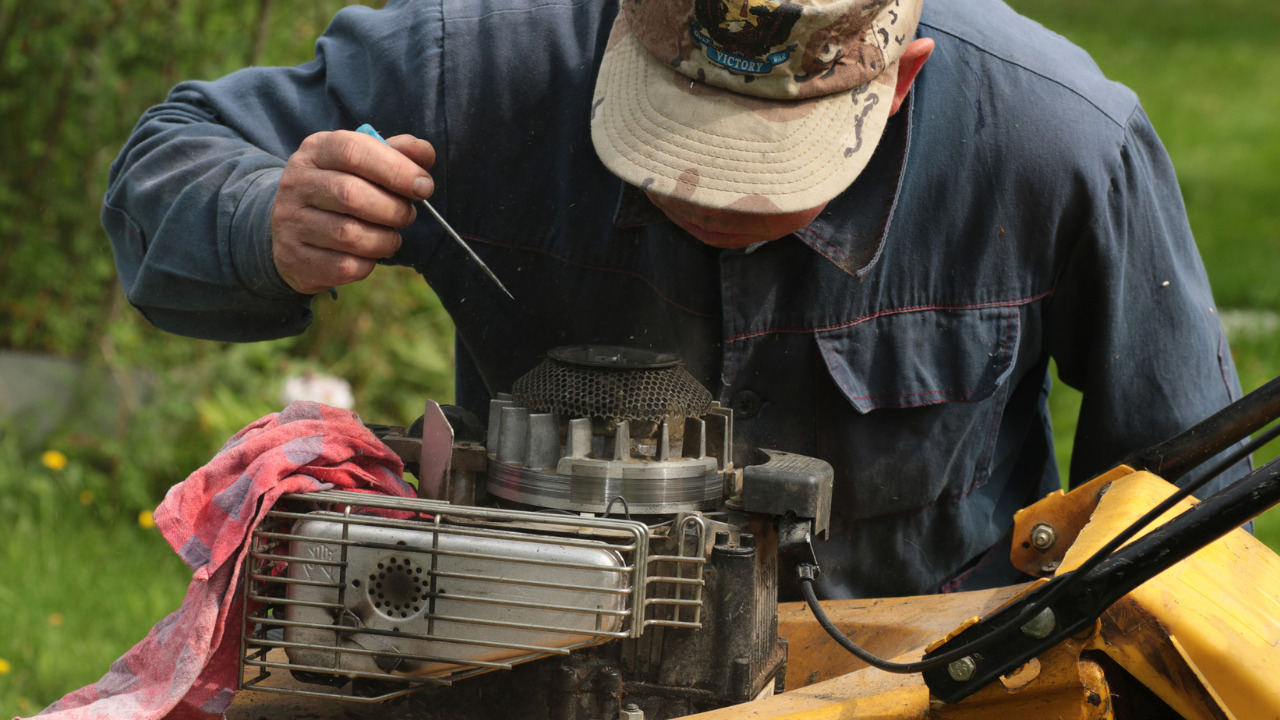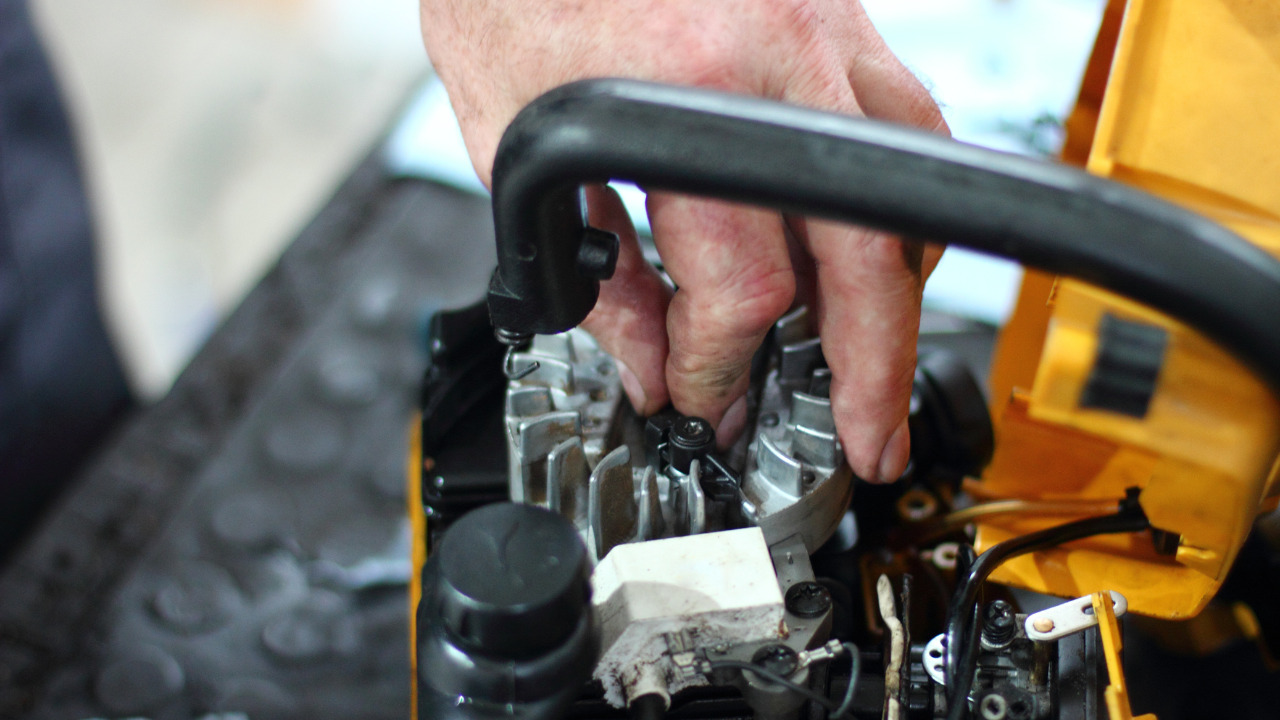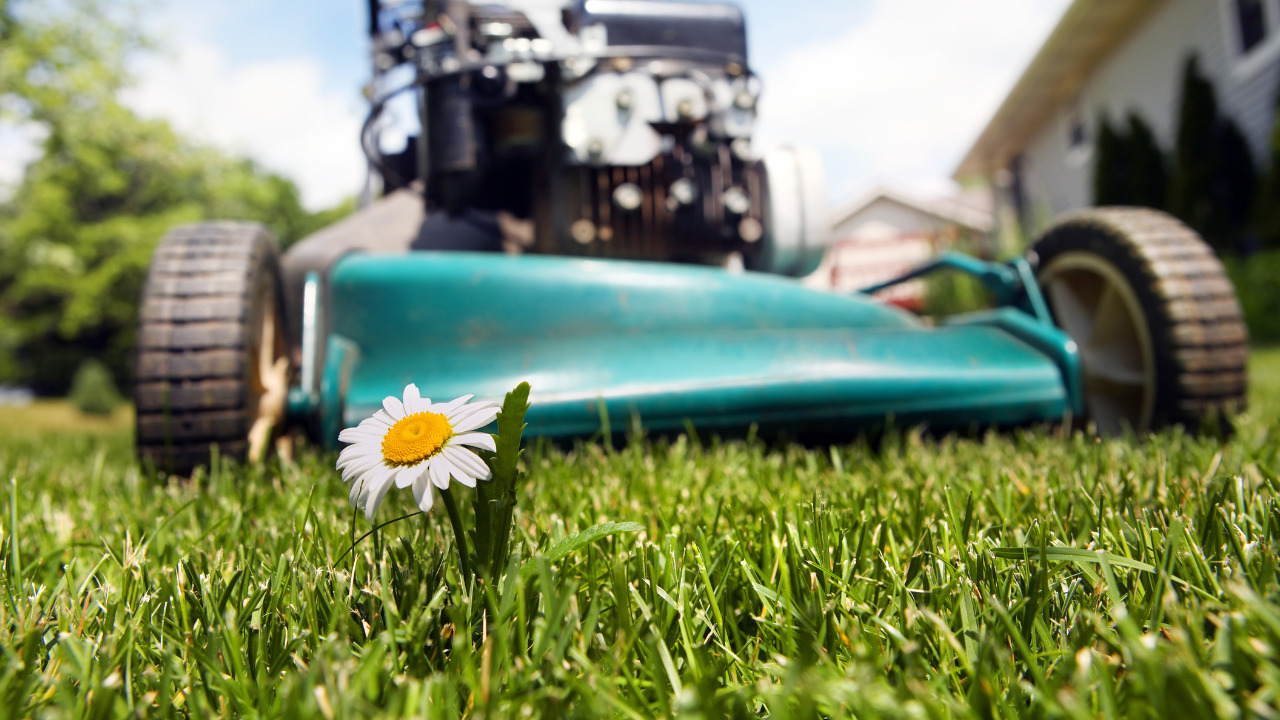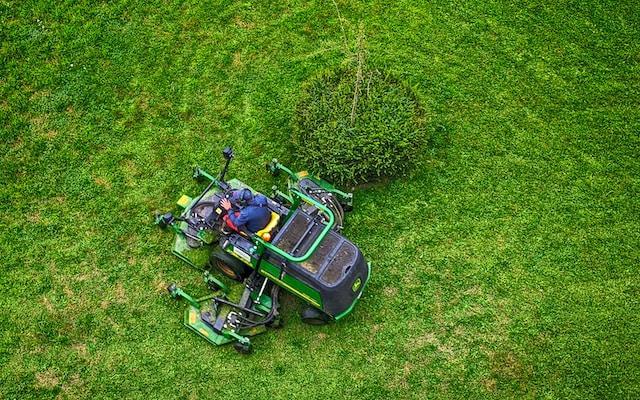You may need to dump the gas from your mower’s fuel tank for various reasons. The most typical time is winterizing and preparing your mower for storage. The old gas left in the tank can cause problems and make it difficult to start in the spring.
The most typical method is to siphon the gas out of the tank using tubing and a pump or blowing into the pipe to create air pressure. This method drives the gas into the tubing, which then falls into the jerry can by gravity.
What other options do you have if you don’t want to drain your tank using a siphon for any reason? We’ll go over why you should drain the fuel tank and why you should do it. To end things off, we’ll review the various ways of draining gasoline from lawn mower engines.
Without a siphon, how do you remove gas from a lawnmower? If you are also here to get the answer to this question, continue reading:
Table of Contents
Why Do You Need To Drain The Gas?
Old or stored gasoline can harm the tank. Deposits will drop to the bottom after two months, lowering the fuel quality. That’s why, if there’s still old fuel in the lawnmower, it’s best not to keep it out in the shed all winter. You’ve been mowing your lawn consistently for the past few months.
However, the grass will stop increasing in the winter season. Now, you must shut down the grass-cutting activity until the grass has grown appropriately.
Putting the mower in the garage and leaving the remaining fuel in the engine is a common blunder. When it comes time to take the machine out in the spring, you have difficulties getting the engine to work correctly.
The deposits will settle to the bottom of the fuel tank, lowering the quality of the gasoline even more. Drain the tank before putting the machine away for the winter, and keep your lawnmower in good working order to avoid such a costly mistake.
Safety Considerations Before Draining The Gas From Lawnmower Without a Siphon
Always keep a few precautions in mind. Work in an air-conditioned space. Never operate a lawnmower inside a structure. The deadly, toxic, and odorless carbon monoxide gas in exhaust fumes can harm your health. It is also tasteless and colorless.
Ideally, when testing a lawnmower, it is advised that you do it outside. Consider that you turn on the lawnmower in a garage or workshop. In that case, you should only run it briefly, and when carrying out any operation, make sure there is enough ventilation.
When working with petrol, you should always eliminate any sources that could produce a spark or an ignition. The fuel can be ignited by something as small as cigarette ash. It might become very dangerous depending on the amount of fuel you are working with.
Steps To Drain Out The Gas From The Lawnmower
Draining out the gas is essential in preparing your lawnmower and other outdoor equipment for the winter such as trimmers and leaf blowers.
Your lawn equipment has to be winterized as well. If you’re going out of town for business or know you won’t be able to care for your lawn for an extended length of time, and also drain your lawn mower’s tank.
1) Run The Engine
The simplest method, but the one that takes the longest, is just to run the engine until it runs out of fuel. Make sure the gasoline stabilizer is in there before starting it up. Any liquid left in the engine will be treated this way and will not break down throughout the winter months.
Doesn’t it sound great? Of course, yes! So, what is stopping you from draining the gasoline out of your lawnmower tank in the winter season?
2) Disconnect The Fuel Lines
If you want to empty the lawnmower gas tank without the Siphon, get a fuel container and detach the carburetor’s gasoline line. This will allow the fuel to flow from the tank to the receptacle through the line.
Reconnect the fuel line to the carburetor once the tank has been entirely drained. That is all there is to it. Remember to inspect the air and oil filters, as well as the oil level.
3) Promotes The Maintenance Tasks
When you disconnect the fuel line to drain your tank, it reminds you to complete the other minor maintenance tasks you’ve meant to do but haven’t yet. Because you’ve already started by removing the fuel line, you might as well finish the job.
If your tube is leaking, you should replace it immediately. Even if it only appears dried out and cracked. You should replace it because it will likely leak shortly, even if it isn’t leaking now.
4) Clean The Float Bowl
If you are draining your tank because your gas is old and stale, this is a crucial step because it’s the only way to drain the carburetor completely. If your gas is tainted, you don’t want it to sit there too long.
So, take a socket wrench and remove the bold, then clean it thoroughly before reinstalling it. This way, you can effortlessly prepare the mower for the next season.
5) Inspect Air Filters
You’re doing everything possible to ensure your mower’s engine gets the appropriate amount of clean fuel. So, it’d be a waste not to double-check that it’s also getting enough air.
For this, remove the casing from your filter and inspect it for cleanliness. If it’s just a little dusty, remove any debris. If it’s filthy, replace it. That’s All!
6) Turn On The Ignition
To close the tank, remove the tubes from the aperture. Gas is quite volatile, so make sure also to close the can. Save it away for future use. As you’ll observe, the amount of petrol in the tank is always just a little bit.
Even if you keep the lawn mower longer, such as in the winter, emptying the petrol tank is always a good idea. Put the ignition on and replace the spark plug. Take the lawnmower outside, then run the engine until the fuel runs out and it stops. By this point, the petrol will have completely been used up.
Benefits Of Draining The Gas From The Lawnmower Tank
Compared to siphoning gas from a mower fuel tank, some folks may consider unscrewing things and fiddling with pliers and squeeze clamps too much hassle. That’s all right! However, emptying a gas tank has a handful of other advantages.
The only method to thoroughly clean your tank is to take it apart and thoroughly inspect it. However, draining your tank by disconnecting the fuel line is far superior to siphoning when removing sludge and grime from the bottom. Moreover, eliminating the oil can help the engine run more efficiently.
Frequently Asked Questions
Why do I need to drain gas from the lawnmower tank?
Your garden equipment shouldn’t be exposed to ld gasoline. The quality of the petrol declines after two months when the particles begin to sink. In light of this, it’s crucial to avoid leaving the lawnmower, hedge trimmer, leaf blower, and chainsaw in the shed with used fuel.
For how long can I leave Gasoline in the lawnmower tank?
Gas can become stale and lose its volatility in as little as 30 days, whether in a gas can or lawn mower. A fuel stabilizer can increase the storage time by up to 24 months.
What if I left gasoline in the lawnmower tank for a long time?
Used fuel can corrode fuel lines and seals, harm internal carburetor components, and lead to varnish buildup, which may obstruct small fuel ports essential for your machine’s start and function. Fresh gas must be used for a machine to start and run properly.
Final Verdict
Draining the gas or fuel from the lawnmower tank without Siphon is not easy. However, the abovementioned guidelines and steps will help you do it efficiently and effortlessly. Moreover, you can also inspect the performance and maintenance of your tank or mower while moving out the gas from it.
That’s all from our side. Now, you turn to empty the gas tank and preserve your lawnmower for the next grass-cutting season.











